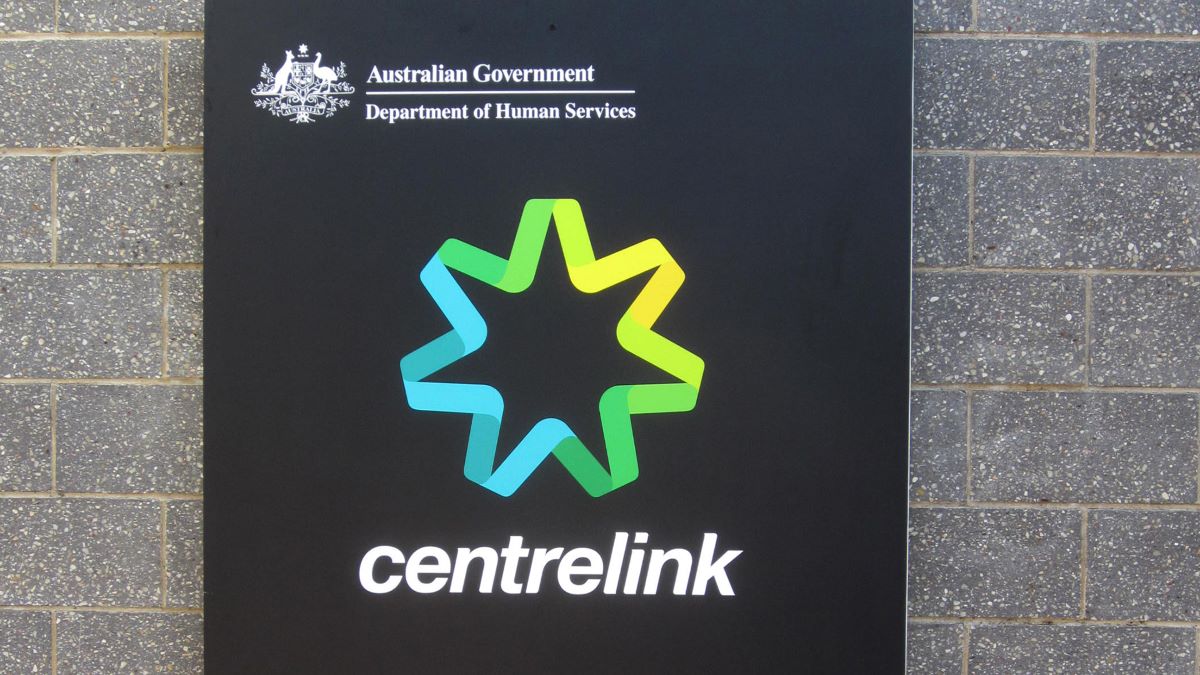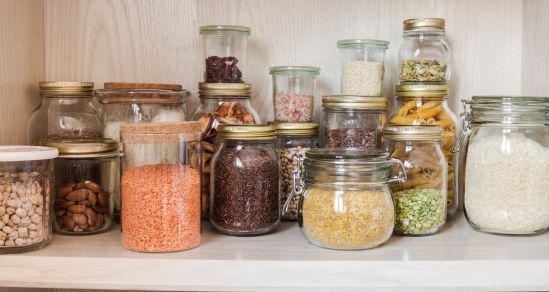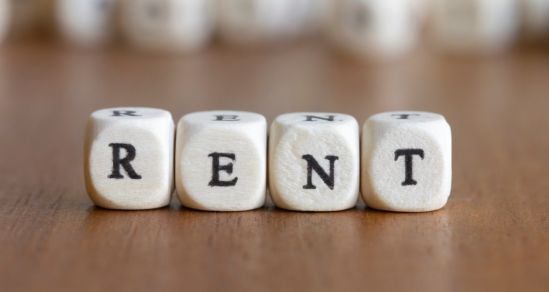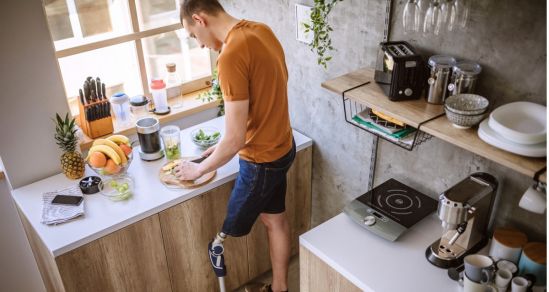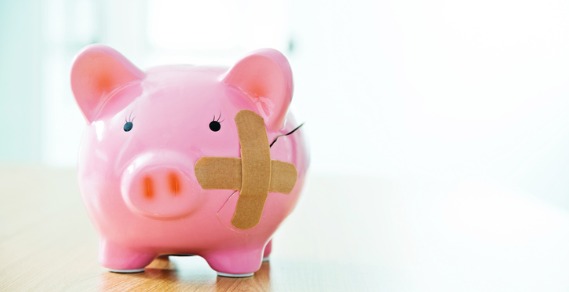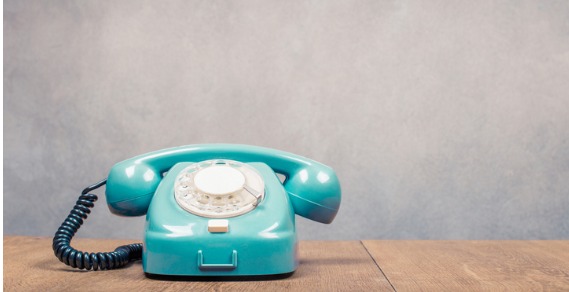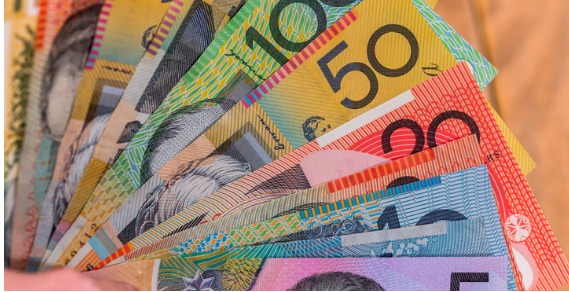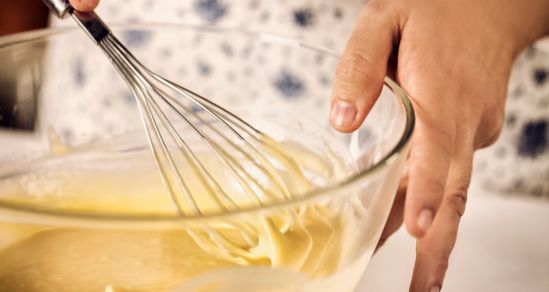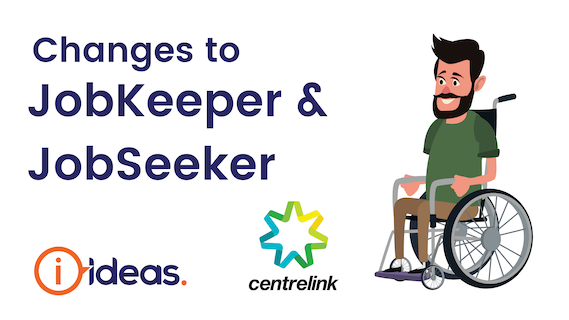The Government has introduced several payments and supports to support Australians who are financially affected by the COVID-19 crisis but what does it all mean for you?
We break down the new payments and how people can access them and why.
On this page
Payment FinderPandemic Leave Disaster PaymentJobKeeper PaymentJobseeker PaymentEconomic Support PaymentCoronavirus SupplementContact Services AustraliaPayment Finder
Services Australia used to be called Centrelink and provides Government financial support to Australians who need it. You can answer a few questions on the Services Australia website to find out which payments you may be eligible for. The Payment Finder is an online tool which helps you see what services and payments you may be able to get.
The results it gives you are indicative only and do not guarantee you will get these payments. You still need to apply.
The service does not take into account all of your circumstances and should be used as a guide only.
If you do not know which payments may apply to your situation, go to Payment Finder.
Pandemic Leave Disaster Payment
The Pandemic Leave Disaster Payment is a $1500 lump sum payment to help people living in NSW, Victoria, Tasmania and Western Australia who are required to self-isolate or quarantine for 14 days due to a confirmed case of COVID-19 or close contact with a confirmed case. The Pandemic Leave Disaster Payment is for people who can't earn an income because they must self-isolate or quarantine.
This payment replaced the Victorian Government’s $1500 Coronavirus (COVID-19) Worker Support Payment in Victoria.
For more information go to Pandemic Leave Disaster Payment
JobKeeper Payment
The JobKeeper payment is helping people keep their jobs during the COVID-19 crisis. The Government has put strict restrictions in place and many businesses and not for profits have had to close or adapt their businesses quickly. This has meant that many people have lost their job or had their hours reduced.
The JobKeeper payment was initially $1,500 every two weeks (before tax) but this has recently changed. You will receive your pay from your employer, as you normally would, minus any tax owing on your income. The ATO and your employer will work out if this payment is applicable to you. You do not claim this payment.
On 21 July, Prime Minister Scott Morrisson announced that the JobKeeper scheme would be extended until 28 March 2021. From 28 September, workers who meet the criteria and work 20 hours or more a week will qualify for the $1200 per fortnight payment and those who work less than 20 hours a week will qualify for a reduced payment of $750 per fortnight.
On 4 January, these payments will be further reduced to $1000 per fortnight for 20 hours or more worked a week and $650 per fortnight for less than 20 hours worked a week.
If your employer decides to apply for JobKeeper, they should give you a JobKeeper form. It might be a good idea to ask your employer or previous employer (if you have been let go in the last two months) if they will be applying for the JobKeeper payment if they have not contacted you. Fill out the form and return it to your boss. They will submit the form to Centrelink. If the payment is approved, your employer will receive the payment and will be required to pay you with it.
For more information, go to JobKeeper for businesses impacted by COVID-19
JobSeeker Payment
The Job Seeker Payment replaces the Newstart Allowance. It is for people who are looking for or "seeking" work. Some older people might call this payment "the dole". It includes some recipients with disabilities (but only those who do not receive a Disability Support Pension) and parenting responsibilities that stop them looking for full-time work.
It is different from the JobKeeper Payment. It provides financial help if you’re between 22 and Age Pension age and looking for work. It’s also for when you’re sick or injured and can’t do your usual work or study for a short time. How much you get will depend on your circumstances.
This payment is currently being supplemented by the $250 Coronavirus Supplement.
For more information, or to make a claim online go to JobSeeker Payment.
Read more: JobKeeper and JobSeeker - What has changed?
Economic Support Payment
You don’t need to do a thing to claim the $750 payment from the Government’s Economic support package. If you were eligible, it was automatically processed and sent to your account registered with Services Australia (Centrelink). This payment was in addition to ongoing income support payments as listed below.
Who gets the $750 Economic Support Payments?
People who are currently on:
- The Age Pension,
- The Disability Support Pension,
- The Carer Payment,
- The Carer Allowance
- The Parenting Payment,
- The Wife Pension,
- The Widow B pension,
- ABSTUDY (living allowance),
- Austudy
- Bereavement Allowance,
- Newstart Allowance,
- Partner Allowance,
- Sickness Allowance,
- Special Benefit,
- Widow Allowance,
- Farm Household Allowance
- Family Tax Benefit A,
- Family Tax Benefit B
- Double Orphan Pension,
- Pensioner Concession Cardholder
- Commonwealth Seniors Health Card,
- Veteran Gold Cardholder,
- Veteran Services Pension,
- Veteran Income Support Supplement,
- Veteran Compensation payments
- War widow/widower pension
How many payments are there?
There were two Economic Support Payments, which have both now been paid. The last payment was made in mid-July.
For more information, go to Economic Support Payment.
Coronavirus Supplement
The Coronavirus supplement is payable to people on a number of different payments from Centrelink, including Jobseekers, Youth Allowance, Farm Household, Parenting payment recipients and others.
The supplement is $250 a fortnight from 25 September 2020 until 31 December 2020. It has come down by $300 and was originally $550 per fortnight. Prime Minister Scott Morrison has announced that the Coronavirus Supplement will be extended for JobSeeker recipients at a rate of $150 per fortnight from 1 January 2021 through to 31 March 2021 on top of their base rate of payment and other supplements they are eligible to receive.
It does not apply to Disability Support Pensioners. We think it should and you can read more about that here.
For more information, go to Coronavirus supplement.
If you have questions, you can call Centrelink or check their website for more information.
Contact Services Australia
Over the phone
Our advice is to call early, and if you can’t get through on that hotline, to call another line (that may be less busy, like ABSTUDY) and ask to be transferred to the right area once you are through to someone.
Be prepared for a long wait. Centrelink have said that they are experiencing high call volumes and long wait times, and waiting on hold for Centrelink is nothing new. So, make yourself a cuppa, grab a book or a magazine to read and if you can, put your phone on speakerphone while you are waiting on hold.
You can find Service Australia's/Centrelink’s full list of contact numbers here.
Online
Many services, including making claims and verifying your identity can now be done online. This reduces the risk of physical or face to face contact and spreading of Coronavirus COVID-19.
Extensive work has been done to address the shortcomings the online system experienced when it was inundated with user access requests earlier in the year. The website should perform normally, however, if you do experience slowness loading or a complete failure to load pages, try again at different times throughout the day and try to avoid “peak” times like the middle of the day and late afternoon.
Go to Services Australia - Centrelink to access online services. You will need a myGov account to sign in.
In-person
Centrelink is limiting the number of people who can be in a Centrelink/Services Australia office at once and strict social distancing rules apply and in some cases, your local office may even be closed.
They have also implemented more flexible processes so that more things can be done over the phone and online to reduce the number of people attending Centrelink in a face to face situation to further slow the spread of COVID-19.
Visit Services Australia – Centrelink for more information.

